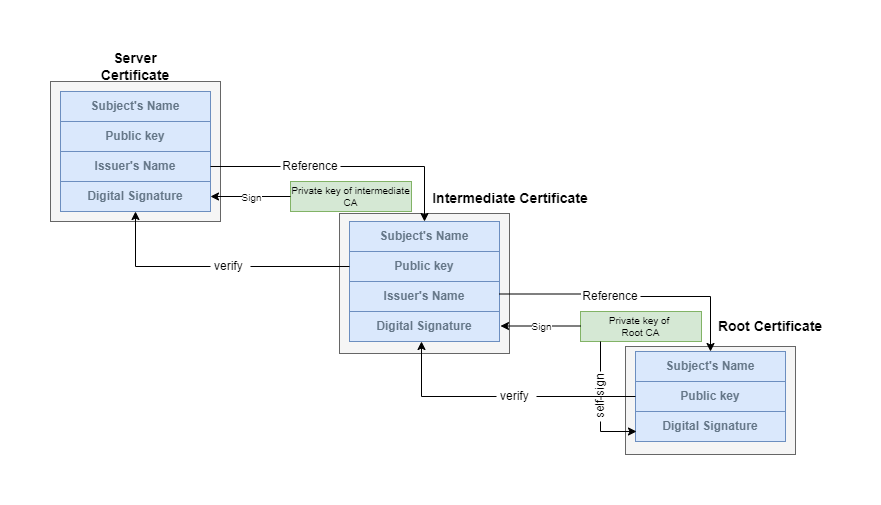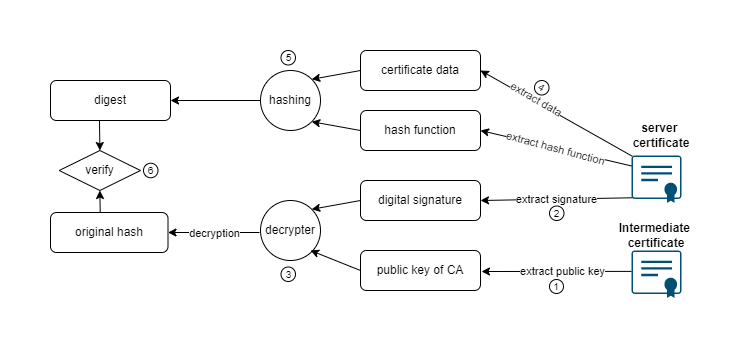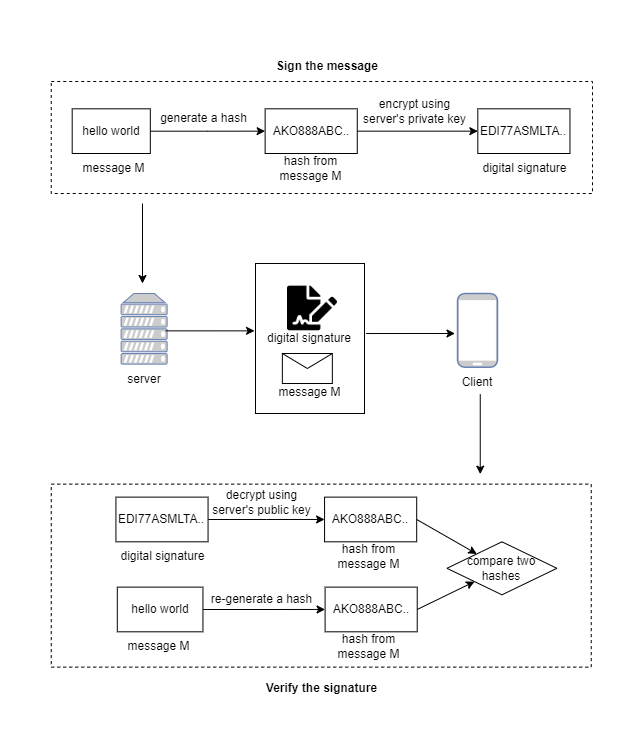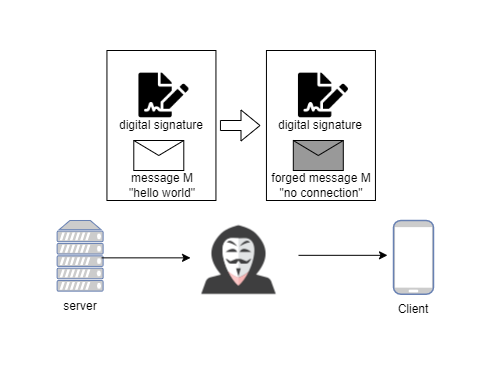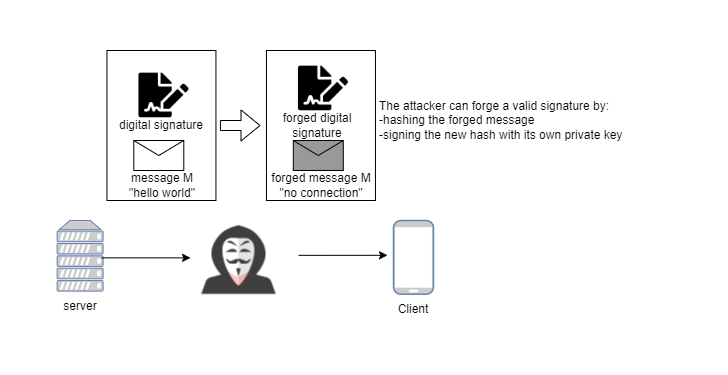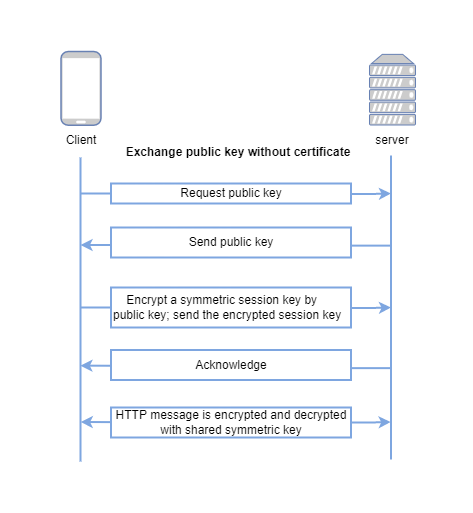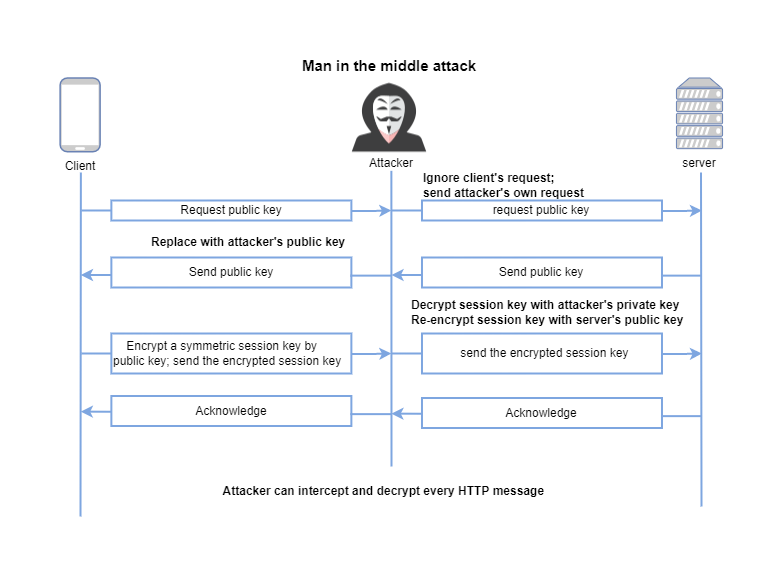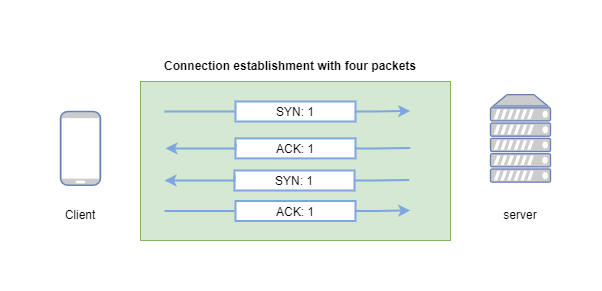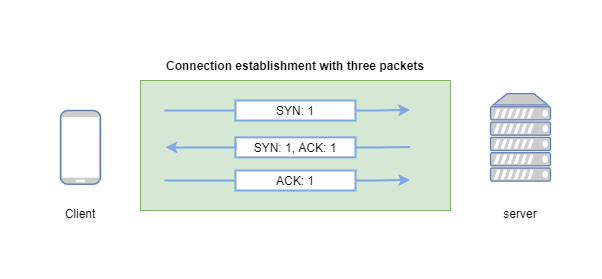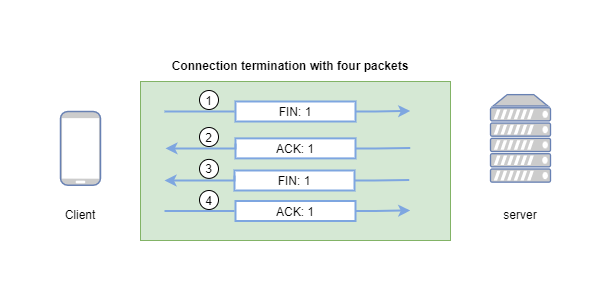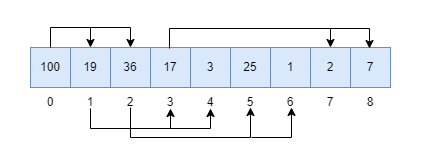Background
After you learn and understand how to write small C programs in Linux (that means you know the syntax of C language and how to compile your programs with gcc), you will want to have some adventures to write more powerful and larger programs. To be a great software engineer, you need this passion to explore, right?
To write a larger program, you can’t build everything from scratch. This means you need to import and use libraries developed by others in your program.
For new developers of Linux C programming, the whole handling of libraries can be a mystery, which requires knowledge about gcc compiler, Linux system, GNU conventions and so on. In this article, I will focus on this topic and piece all these together. After reading this post, I hope you can feel free and confident to add the shared libraries from the open source world to your program.
Note: To illustrate the discussion more clearly, this article is based on this demo github app. And my demo app is forked from Stephan Avenwedde’s original repo. Thanks for that.
The code logic of this demo app is very straightforward, so I will not review the code line by line in this article, which is not the target of this post.
Static library vs Shared library
Generally speaking, there are two types of libraries: Static and Shared.
- static library: is simply a collection of ordinary object files; conventionally, static libraries end with the
.asuffix. This collection is created usingarcommand. For example, in the demo app, we build the static library like this:
1 | CFLAGS =-Wall -Werror |
In our case, the static library will be installed in the subdirectory ./lib/static and named as libmy_static.a.
When the application links against a static library, the library’s code becomes part of the resulting executable. So you can run the application without any further setting or configuration. That’s the biggest advantage of the static library, and you’ll see how it works in the next section.
Static libraries aren’t used as often as they once were, since shared library has more advantages.
- shared library: end with
.sowhich means shared object. The shared library is loaded into memory when the application starts. If multiple applications use the same shared library, the shared library will be loaded only once. In our demo app, the shared library is built as follows:
1 | libmy_shared.so: libmy_shared.o |
The shared library libmy_shared.so is installed inside ./lib/shared subdirectory. Note that the shared library is built with some special options for gcc, like -fPIC and -shared. In detail, you can check the document of gcc.
Naming convention
Generally speaking, the name of shared library follows the pattern: lib + name of library + .so. Of course, version information is very important, but in this article, let’s ignore the version issue.
Link library
After building the libraries, next step you need to import the libraries in your app. For our app, the source code is the file of demo/main.c as follows:
1 |
|
Note that we import three header file of our libraries. The next question is how to build the demo app.
Let’s recall the building process of a C program as follows:

This is a two-step process: compile and link. Firstly, the source code file of main.c will be compiled to an object file, let’s say main.o file. In this step, the critical thing is telling gcc where to find the header file of the libraries. Next, link the main.o object file with our libraries: libmy_static.a and libmy_shared.so. gcc needs to know the name of library it should link and where to find these libraries, right?
These information can be defined by the following three options:
I: add the include directory for header files,l: name of the libraryL: the directory for the library
In our case, the make command to build the demo app is as follows:
1 | LIBS = -L../lib/shared -L../lib/static -lmy_shared -lmy_static -I../ |
Since we have two libraries: libmy_static.a and libmy_shared.so, based on the naming convention we mentioned above, the -l option for library name should be my_static and my_shared. We can use two -l options for each library.
For the -L option, we need to provide the directory path where to find the libraries. We can use the path ../lib/shared and ../lib/static relative to the demo’s source code file. Right? And the same rule applies to the -I option for the include header file as well.
Run make demo command, and you can build the demo app with the libraries linked together successfully.
Filesystem placement convention
As I show above, the libraries are placed inside the subdirectory of this project. This is inconvenient for others to import your library. Most open source software tends to follow the GNU standards. The GNU standards recommend installing by default all libraries in /usr/local/lib and all the header files in /usr/local/include when distributing source code. So let’s add one more make command to install the library file and header file to the directory based on the GNU convention:
1 | INSTALL ?= install |
You can find the similar make command in my open source projects for this purpose.
The benefit is gcc compiler (which is also from GNU and follows the same convention) will look for the libraries by default in these two directories: /usr/local/lib and /usr/local/include. So you don’t need to set -L and -I options. For example, after we run make install command above and install the library into the system directory, you can build the demo app as follows:
1 | GNULIBS = -lmy_shared -lmy_static |
Understand the GNU convention can make your development more easier, right?
Then next step let’s run the demo app by simply calling ./my_app, but you’ll get the following error message:
1 | ./my_app: error while loading shared libraries: libmy_shared.so: cannot open shared object file: No such file or directroy |
What’s happening?
Dynamic linker
When we start up an executable, the Linux kernel automatically runs the dynamic linker (or dynamic loader). This dynamic linker, in turn, finds and loads all other shared libraries used by the program.
In fact, the executable file in Linux system is usually in the format of ELF which abbreviates Executable and Linkable Format. The ELF executable contains linking information, and the dynamic linker just reads that information to load shared libraries.
In Linux system, the dynamic linker is name ld.so
Based on the above error message, we can say that the dynamic linker cannot find the shared library. We can verify this point by running ldd command, which is used to print the shared objects (shared libraries) required by each program or shared object specified on the command line.

Clearly, our shared library libmy_shared.so is not found. We need to take a look how at ld.so works. The best way to find such information is running man command. We can get the following information in the ld.so man document:

Based on this screenshot, we can solve this issue in three ways:
- install the shared library in the directory:
/libor/usr/lib - edit the environment variable
LD_LIBRARY_PATHby appending the path of directories containing our library - update the cache file
/etc/ld.so.cache
The first two methods can work well based on my test, but personally I recommend to use the third method, which is a more systematic way to register a library.
Register library
To register a new library, we need to use command ldconfig which configures dynamic linker run-time bindings.
How does ldconfig work? It will search .so library files in some specific directories, and the search result will be updated to dynamic linker’s cache file /etc/ld.so.cache.
And one of the directory ldconfig will look at is /etc/ld.so.conf. In our Ubuntu system, it’s in fact a file as follows:

it is expanded to all the .conf files inside ld.so.conf.d, in my case, there is one default file libc.conf as follows:

Note that /usr/local/lib is defined inside the file, then ldconfig will search .so libraries in this directory.
As we mentioned in above section, /usr/local/lib is just the place to install shared library based on GNU convention. Right?
So we can simply run ldconfig command without any option to register a new library (make sure the library is install in that directory):

In the above screenshot, you can see the change before and after running command sudo ldconfig. (ldconfig -p will list the current libraries reading from cache file /etc/ld.so.cache). After registering the library, it is added into the cache file of dynamic linker, right? Let’s verify this again with ldd:

Our new shared library can be found! Then we can run the app successfully as well.
Summary
In this article we discussed several important tools like ld.so, ldd, ldconfig and gcc, which help you build and import shared libraries. Another thing is GNU convention or standard which defines the behavior of these tools.
